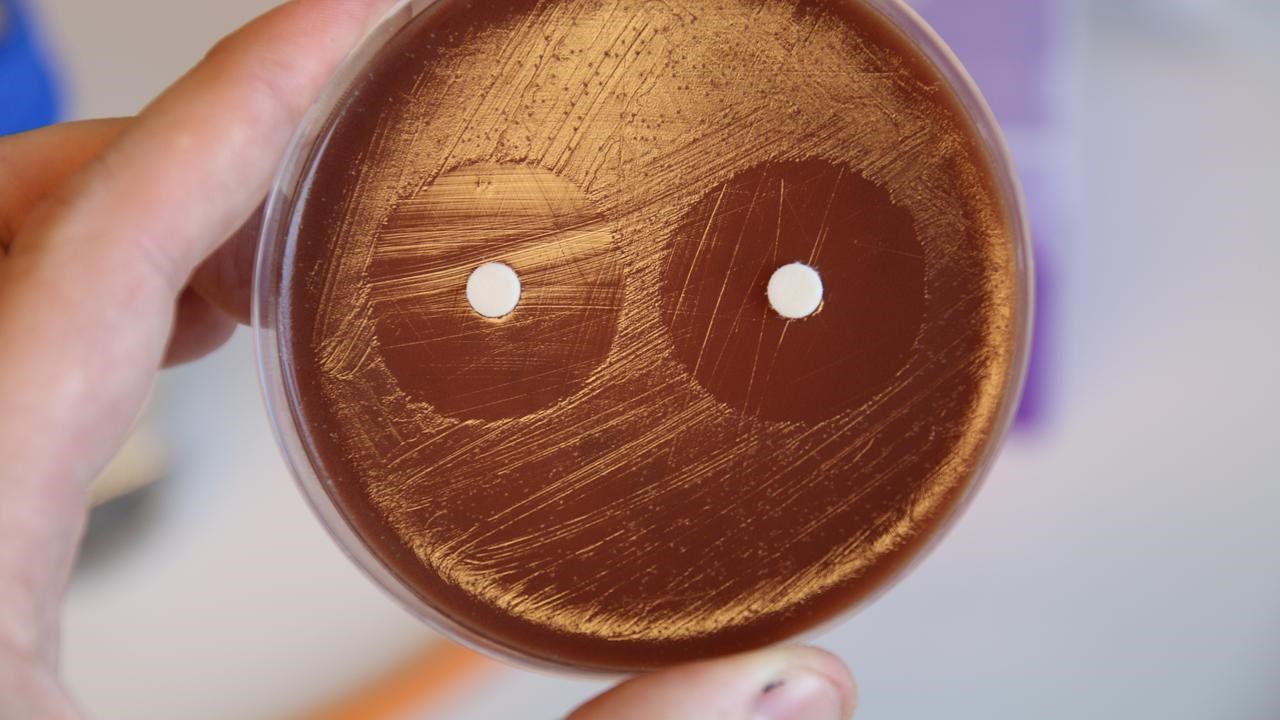Facts gonorrhoea
Sweden's most common sexually transmitted disease after chlamydia. In 2024, the number of reported cases was 4000 (1500 in 2015). Gonorrhoea is most common among young adults. Gonorrhoea has become increasingly difficult to treat due to the development of antibiotic resistance. During the Middle Ages and into the 19th century, bloodletting was one of the methods used for combating the disease.



